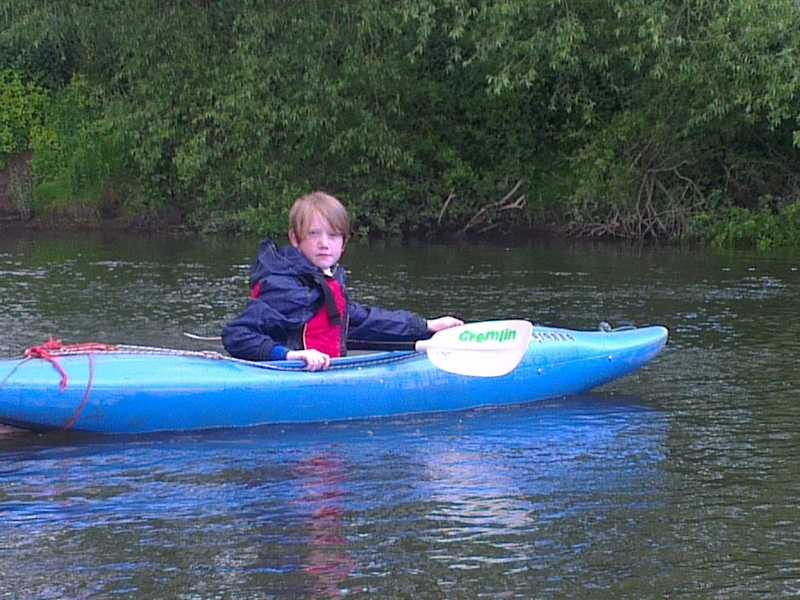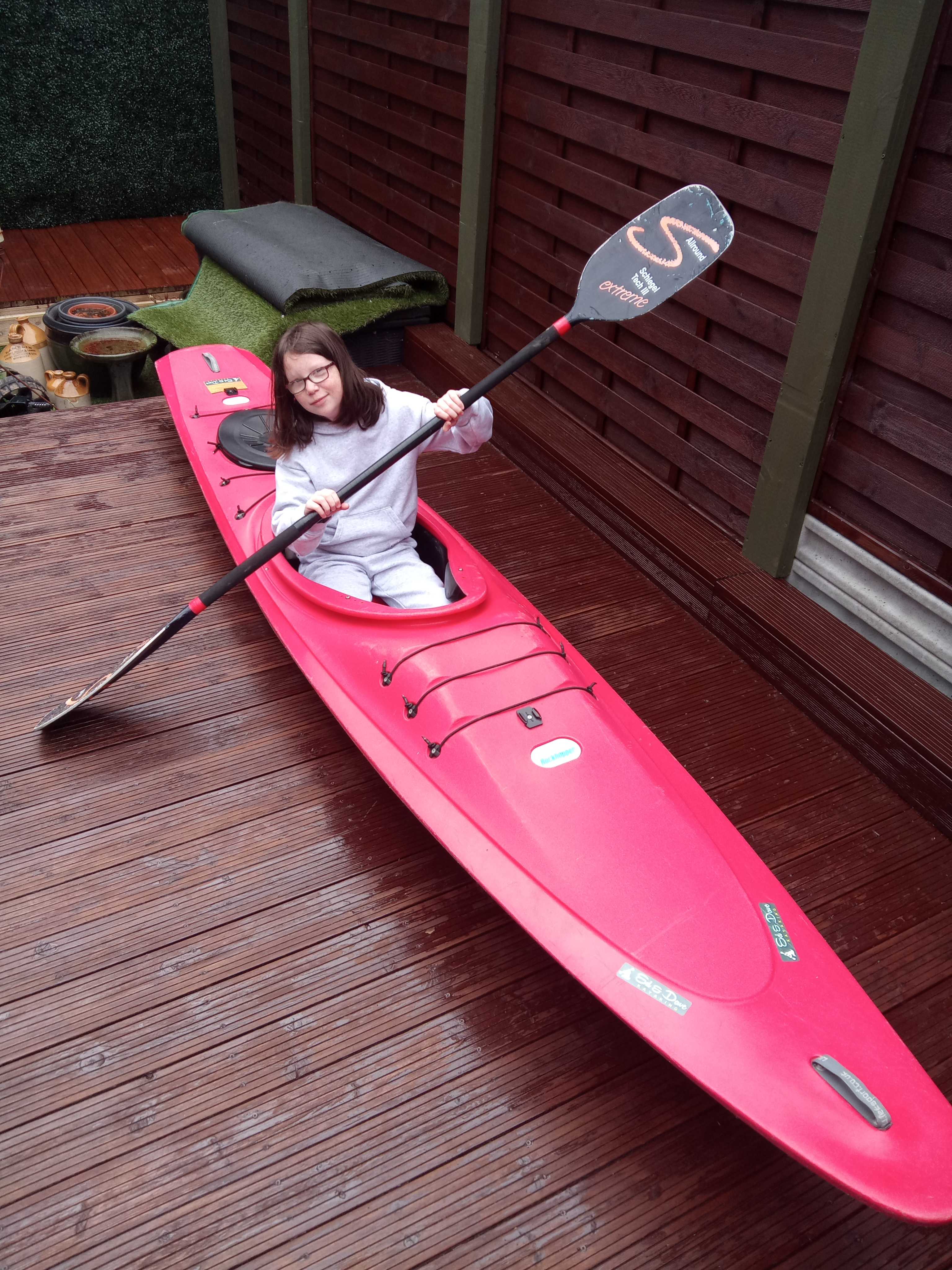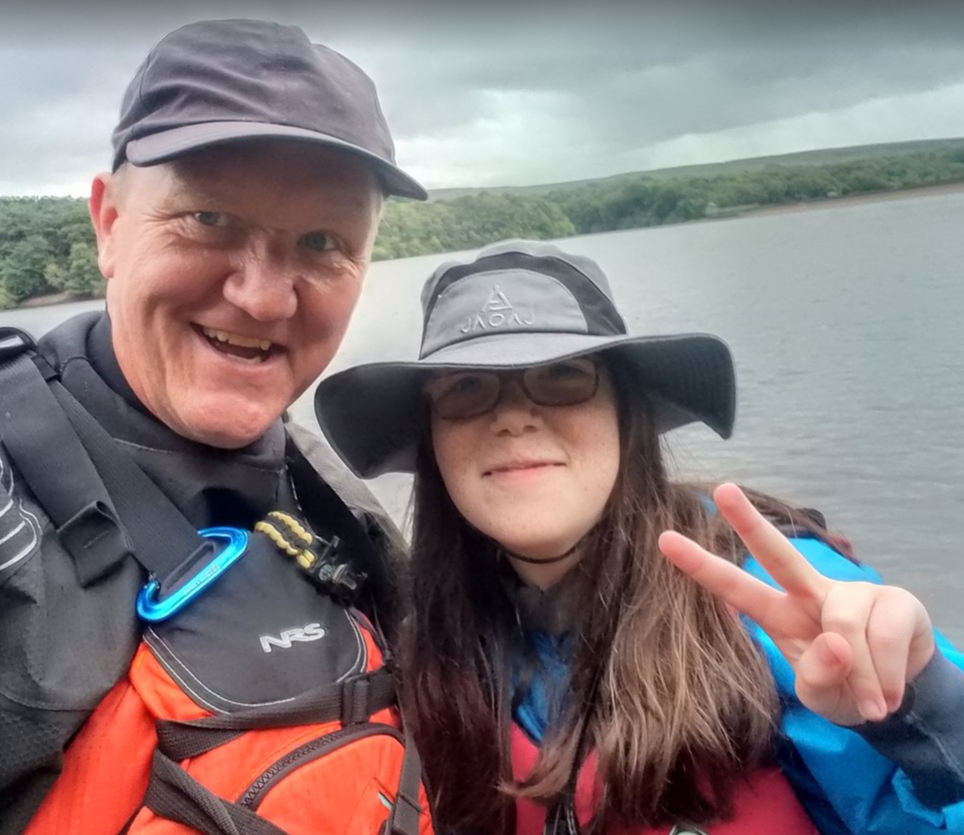Taking your child paddling - great fun and makes memories on kayak, canoe or stand up paddle board (SUP)
The opportunity to take your children paddling can be a bonding and fun experience. It connects them with nature, is an important mindfulness activity and provides a foundation for them to enjoy paddlesports in later life.
The increase in skill level means they will be pushed to explore their boundaries and improve their confidence and understanding.
Whether they enjoy a kayak, a canoe or a stand up paddleboard (SUP), it does not matter!
In addition, they will have a brilliant time and make memories that will last a lifetime.
As a parent, your role is to create an environment in which they can thrive whilst staying within a safe framework.
Here are 10 top tips for making the perfect paddling day for your child/ children.
Tip Number 1 – Choose the right location
The location needs to have enough to interest and motivate your child. It should be safe and provide paddling that is within your child’s ability – and give a little push to take your child to the next level.
It is tempting to take them to your favorite paddling spot and push them to work in your ability levels. Actually, this would be a mistake. With your children, it is all about them. If they prefer a simpler, easier paddle then make it happen.
Any hazards at the location should be noted and avoided. Don’t be afraid to cancel if water conditions or weather change and become unmanageable.
Travel time to the location should not leave your child tired or restless which could begin to spoil the day.
 Ed enjoying one of his first ever kayak sessions. It's on the River Severn.
Ed enjoying one of his first ever kayak sessions. It's on the River Severn.Tip Number 2 – Choose the right craft
Your child may have a favorite craft or may not have paddled before.
Be it a kayak, a canoe or a stand up paddle board - it's their choice.
Make the choosing of the craft (type, colour, size etc) part of the trip and engage with them to boost their confidence and excitement for the trip.
Their craft must be clean, undamaged and safe for general use. Carrying their craft to the water can be tricky on their own so make allowances to get help or use a trolley (see this video - Using a C-Tug Trolley).
If you are hiring equipment, ensure it is the correct size for your child and you use all the additional safety equipment eg. Buoyancy aid, lifejacket, helmet etc.
Tip Number 3 – Dress for the water not the weather
Children are always more affected by the water temperature than adults.
Shivering makes even simple tasks difficult and may bring on periods of anxiousness or panic.
Using wetsuits for moderate summer and autumn water temperatures ensures your child is comfortable and able to participate 100% with the session/trip.
Getting in the water might be part of the session/trip so time this to be towards the end of the session/trip so they can quickly get dry and warm again.
If your child gets cold, consider cutting short the session and getting them in the warm. A warm drink or snack helps and a dry change of clothes is essential for when they are finished on the water. Don't be brave and carry on.
Your child is the priority so they will dictate when the session/trip ends.
Tip Number 4 – Do a safety briefing
Water sports are dangerous activities and require safety rules to be followed. You may be familiar, but your child may not or at least may need reminding.
Make this part of the trip and even create a quick quiz for them to do with you as the trip approaches. The more they feel safe with the trip, the more they will enjoy it and the easier it will be for you.
 Moo checking out a new kayak
Moo checking out a new kayakTip Number 5 – Make it fun
Children engage more in sessions that are fun - and fun at their level.
Younger children normally prefer sessions that are more activity based - lots of running around, splashing, silly games etc.
Older children might prefer a paddle to a destination or practice capsizing in their craft (weather permitting).
Dressing up as pirates is a good way of building a story into your paddling trip. Throw away your inhibitions and dress up too. Your children will love it.
The more fun you are in the session, the more fun your child will have.
Be silly, animated, clown around - and watch them laugh!
Tip Number 6 - Coach, don't dictate
It's so motivating for a child to be coached. Given a framework in which they can develop without being pushed or told what to do.
As a parent, it's sometimes super difficult to do this. It's best to leave plenty of time for the session/trip so you are not under pressure. With you relaxed, your child will be relaxed and they will be a sponge to be coached by you.
In simple terms, coaching is about guiding and encouraging them rather than telling them exactly what to do. If they discover it themselves (even if it is something obvious to you), they will be more likely to remember it and enjoy the session/trip.
Tip Number 7 - Have a plan B (and C, D and E too!)
Your child may be fresh and raring to go at the start of the session/trip, but quickly fade out. Having multiple options on what happens next means that the session/trip can continue.
Think about different activities, pulling forward lunch, getting out and playing on the bank, anything that can give them the space they need to get re-engaged and motivated.
And of course, ask them what they want to do.
Dave here. I have run many sessions/trips with young people on lakes, large ponds and rivers. I always have a backup plan and always involve the group in the decision on what happens next. If they take ownership of the session, they are more likely to enjoy it, work better as a group and develop more skills from it. I am never fussed at having a prescribed session plan that MUST be followed.
Going with the flow (excuse the pun) is the best way forward for engaging and exciting sessions/trips.
Tip Number 8 - Praise them frequently
During the session/trip they will do things that they perhaps haven't done before. You should focus on praising them as much as you can for as many of these as possible.
Children often receive feedback to tell them what they have done wrong. It's a way that they learn what the rules of the world are.
Praising them during your session/trip - even for simple things - helps to build a bond between you both and allow them to develop in a positive environment.
Take a look at this video and see the points where Dave praises Ed for the brilliant things he has done - Forward Rolls on a Paddleboard.
Tip Number 9 - Finish with snacks
As the session/trip finishes, they may be feeling tired and hungry.
Make a point of having some proper snacks and drinks ready for them.
Again, make it part of the session/trip and perhaps enjoy eating at picnic benches or on a picnic blanket near the water.
You could bring along a stove or BBQ and cook a simple meal. Your child will love this and food cooked in the open air always tastes better.
See this video for Ed and I munching on sausage sandwiches at the end of our paddling trip - A Kayaking Trip to Fladbury Mill.
Tip Number 10 - Engage with your child when they tell others
This is one of the most important tips. If you have followed all the previous tips, then your child is likely to have had an amazing session/trip.
They will be super excited to tell their family and friends about it. This is a really important part of their development as it builds confidence, communication skills and encourages them to share stories.
You should engage with them and support them during this process.
Make time for them - focused time when you are 100% with them and listening to them. Laugh with them and praise them for being so amazing.
They will love you all the more for it.
 Moo and Dave out paddling on Tittesworth Water
Moo and Dave out paddling on Tittesworth WaterCheck out the video below of Moo and I paddling at Tittesworth Water. We had great fun!
PS. Paddlesports can be dangerous.
Read our safety disclaimer - here

New paddling inspiration, tip, trip or technique video EVERY week! Watch Ed, Dave and Moo on their kayaking, canoe and SUP adventures. It's all about having fun on the water. 169,000+ views, 100+ videos & 700+ subscribers so far! Click below to start watching:
Ed & Dave Kayaking Youtube Channel
WANT TO HELP US?
We really value your visit to us today. We run this website and our Youtube channel to provide paddling inspiration, tips, trip and technique content to you. We love being out on the water! If you enjoyed your visit, you can support us by using the links below:
Buy us something on our wish list
Thank you
NEED WEB HOSTING?
We recommend IONOS. Great service, technical support and stable hosting. Click the link below to find out more:
IONOS Web Hosting - RECOMMENDED!



